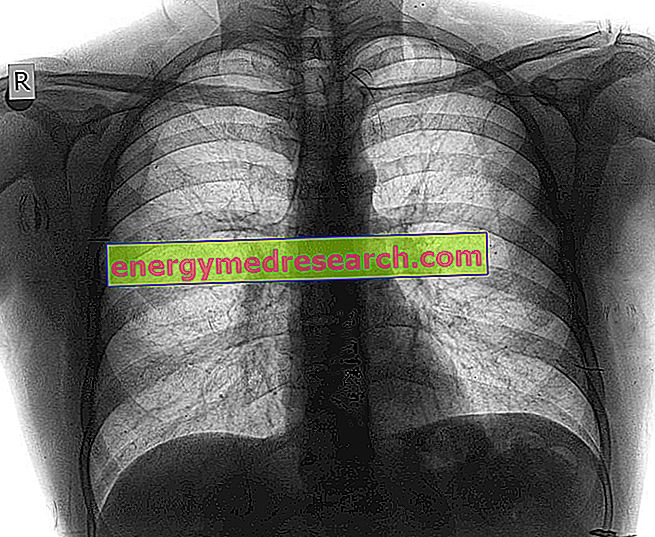See also: Teeth whitening
Teeth white and cared for represent an excellent business card, capable of making more pleasant not only the smile, but also the general appearance of a person. Not surprisingly, therefore, it is a particularly sought after feature, although not always realistic. The ambitious result of having white and shiny teeth, in fact, is closely linked to the characteristics that mother nature has given them.
Teeth color: what does it depend on?

Despite being a particularly resistant and mineralized material, the enamel retains a certain porosity and as such can be crossed by substances and particles capable of changing the color of the dentin and the enamel itself. Among the main enemies of white teeth we find cigarette smoke, mouthwashes with chlorhexidine, natural aging and food pigments, such as those contained in coffee, tea, licorice, spinach and red wine, but also in artificial colorings added to beverages or other food products. A special case is the accumulation of tetracyclines absorbed during early childhood with medications. The canines, among other things, usually have a color more loaded than the others.
Insufficient oral hygiene favors the deposition of dental plaque and its subsequent evolution into tartar. The yellowish complexion of the latter, and the barrier effect of plaque (which is opposed to the reflection of light, very important for enhancing the natural white of the teeth), gradually turn off the brilliance of the smile, with a little welcome change of tooth color. Indeed, the colored particles of food, beverages and smoke adhere much better and more tenaciously to the mature plaque and tartar than to the enamel. The end result is that the teeth appear dark, yellow, more and more opaque and less brilliant.
Scaling and professional whitening
When the deposits of tartar disfigure the natural whiteness of the teeth, home-based oral hygiene maneuvers can do little to resolve the situation. In fact, due to the extreme hardness of this material, only a professional scaling is able to remove it from the tooth. This operation not only improves its appearance but also preserves its health, decreasing the risk of developing annoying gingivitis and other forms of periodontal disease; in many cases it also eliminates one of the main causes of bad breath.
Following scaling it is possible to perform a bleaching treatment of professional cosmetic dentistry; in this regard, slightly different techniques are available, but generally bleaching agents with a high percentage of active principle are used (after gingival protection to reduce the risk of hypersensitivity and irritation). The whitening substance is then exposed to the light of special lamps, which trigger a series of chemical reactions with the final result of obtaining whiter teeth. The aesthetic expectations, however, must be real, without ever forgetting the speech made at the beginning of the article about the intrinsic shades of the tooth. The bleeching session can vary from 40 to 60 minutes and the cost, indicatively, from 300 to 600 euros. The same day and during the following the patient may experience transient dentinal sensitivity. To learn more, consult the articles:
- Whitening products for teeth
- Teeth whitening with the Laser
- scaling
Home remedies for whiter teeth
To get white teeth without going to the dentist, many people resort to home treatments, taking advantage of the physical-chemical action of herbs, plants or abrasive pastes. These traditional bleaching agents remove the stains that form on the outer surface of the teeth due to chemical and mechanical action. It is sufficient, for example, to rub fresh sage leaves on the teeth to obtain an excellent "whitening effect"; alternatively, there are gel products, self-adhesive strips, sprays, fluorescent pigments, masks and so on. However, whatever treatment is undertaken to obtain white teeth, it is good to do it with some caution and possibly on the advice of your dentist. Bleaching agents can in fact irritate and inflame teeth and gums; as such, they are generally not recommended for those suffering from dental and gingival hypersensitivity, but also for pregnant women and those under 14 years old. To learn more, consult the articles:
- Natural teeth whitening
- Whitening pen for whiter teeth
- Sodium bicarbonate to whiten teeth
- Sage: White Teeth and Healthy Gums



